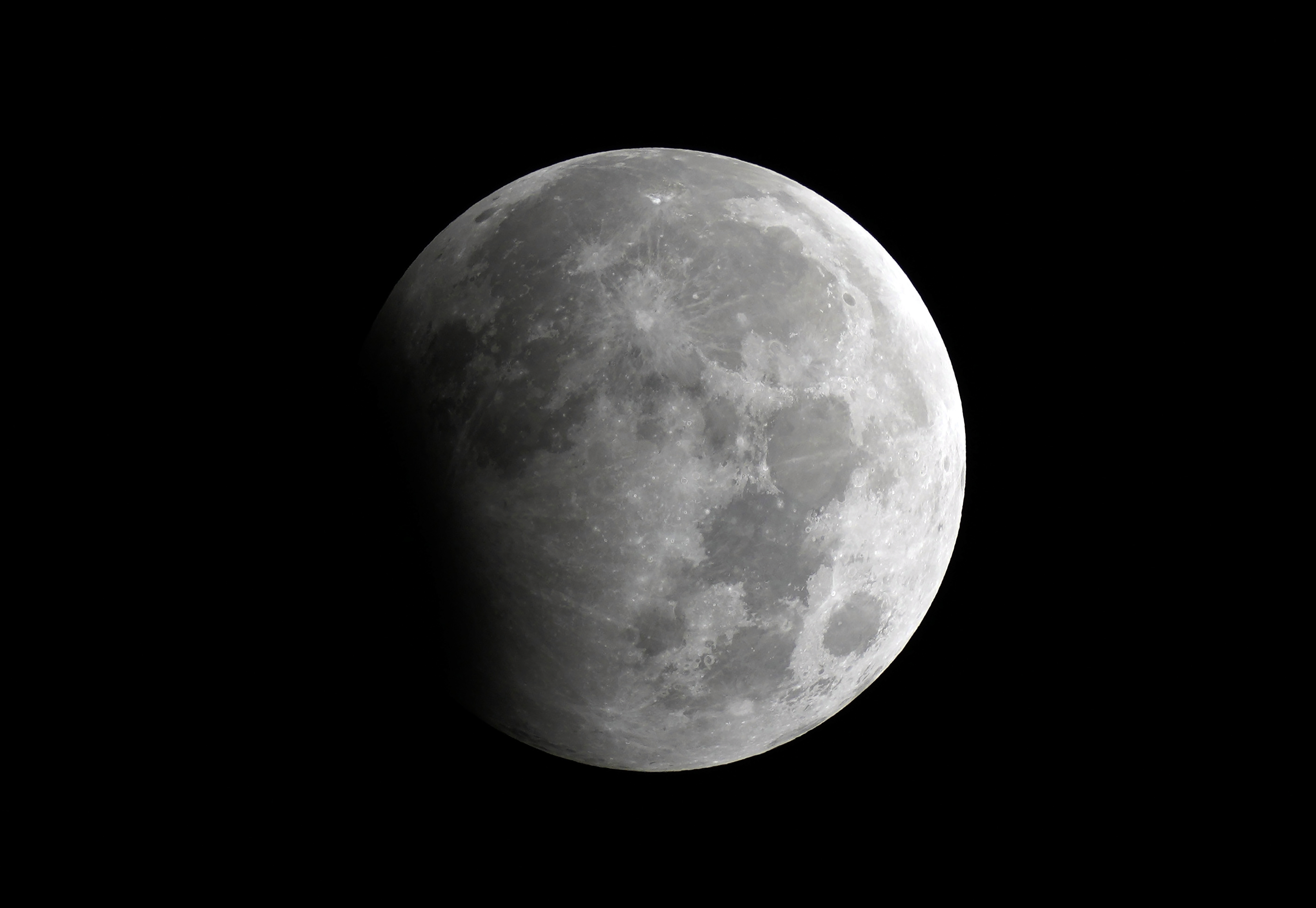This year's only partial lunar eclipse happens Tuesday evening and will be visible across North Texas. We are expecting mostly clear conditions.
September’s full moon is the second of four consecutive supermoons expected this year. A supermoon occurs when the moon is particularly close to Earth and appears brighter than normal. The moon will be more than 220,000 miles away at its fullest. It’s this proximity, combined with a full moon, that qualifies it as a supermoon, making it appear slightly bigger and more brilliant in the sky.
A partial lunar eclipse occurs when Earth moves between the sun and the full moon without being perfectly aligned. During a total lunar eclipse, the moon moves directly into the Earth's shadow, turning a reddish color. The color is the result of the sunrises and sunsets in Earth’s atmosphere projected onto the surface of the eclipsed moon. In the North Texas sky, the Earth's shadow will appear as a dark sliver on the moon.

Get top local stories in DFW delivered to you every morning. Sign up for NBC DFW's News Headlines newsletter.
This event will appear over Europe and much of Asia, Africa, North America and South America.
Here are the times to see the different phases of the eclipse:
- A partial umbral eclipse begins at 7:41 pm CDT
- The partial eclipse begins at 9:12 pm CDT
- The maximum eclipse is at 9:44 pm CDT
- The partial eclipse ends at 10:15 pm CDT
- The partial umbral eclipse ends at 11:47 pm CDT
Unlike a solar eclipse, there’s no harm in looking at an eclipsed moon.
Please enjoy this astronomy event. Keep looking up, Texas!



